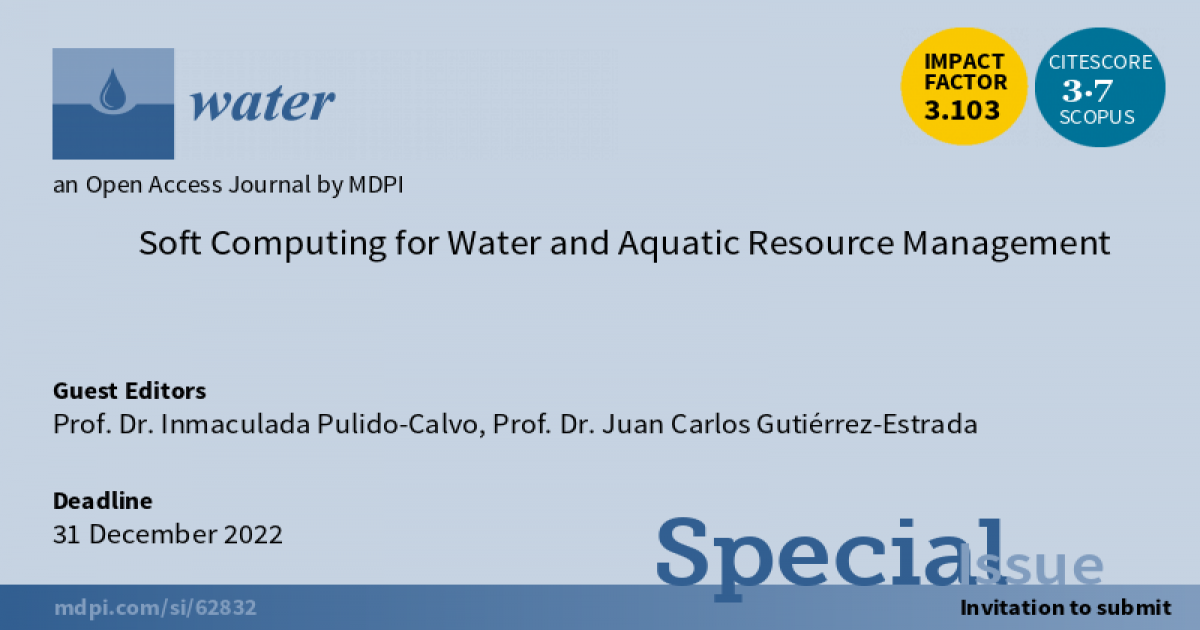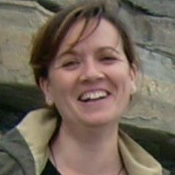Soft Computing for Water and Aquatic Resource Management
A special issue of Water (ISSN 2073-4441). This special issue belongs to the section "Water Resources Management, Policy and Governance".
Deadline for manuscript submissions: closed (31 December 2022) | Viewed by 10092

Special Issue Editors
Interests: fluid mechanics; hydraulic engineering; water resources management; water distribution network; heuristic model
Special Issues, Collections and Topics in MDPI journals
Special Issue Information
Dear Colleagues,
An integrated water resource management requires the establishment of coordinated governance guidelines that guarantee the compatibility of different consumptive and non-consumptive water uses, the sustainability of aquatic ecosystems, and economic and social welfare. This holistic approach implies basins management strategies that must include and implement a broad knowledge of ecosystem components involving climatology, geomorphology, hydrological and hydraulic engineering, water quantity and quality, and aquatic vegetation and fauna.
To achieve this objective, the consideration of emerging technologies that allow spatial and temporal integration of a high quantity of data of different nature to achieve effective and dynamic solutions according to environmental conditions is essential. In this context, soft computing techniques, which allows models and control complex systems characterized by high levels of uncertainty, can support and encourage adaptative strategies for water and/or aquatic resource management.
In this Special Issue, original research and review contributions related with advanced applications of soft computing techniques for water and/or aquatic resources management are highly welcome.
Prof. Dr. Inmaculada Pulido-Calvo
Prof. Dr. Juan Carlos Gutiérrez-Estrada
Guest Editors
Manuscript Submission Information
Manuscripts should be submitted online at www.mdpi.com by registering and logging in to this website. Once you are registered, click here to go to the submission form. Manuscripts can be submitted until the deadline. All submissions that pass pre-check are peer-reviewed. Accepted papers will be published continuously in the journal (as soon as accepted) and will be listed together on the special issue website. Research articles, review articles as well as short communications are invited. For planned papers, a title and short abstract (about 100 words) can be sent to the Editorial Office for announcement on this website.
Submitted manuscripts should not have been published previously, nor be under consideration for publication elsewhere (except conference proceedings papers). All manuscripts are thoroughly refereed through a single-blind peer-review process. A guide for authors and other relevant information for submission of manuscripts is available on the Instructions for Authors page. Water is an international peer-reviewed open access semimonthly journal published by MDPI.
Please visit the Instructions for Authors page before submitting a manuscript. The Article Processing Charge (APC) for publication in this open access journal is 2600 CHF (Swiss Francs). Submitted papers should be well formatted and use good English. Authors may use MDPI's English editing service prior to publication or during author revisions.
Keywords
- Hydraulic and hydrologic engineering
- Irrigation engineering
- Aquaculture engineering
- Environmental modeling
- Aquatic ecology
- Freshwater fauna
- Evolutionary algorithms and genetic programming
- Neural net systems
- Fuzzy systems
- Expert systems






